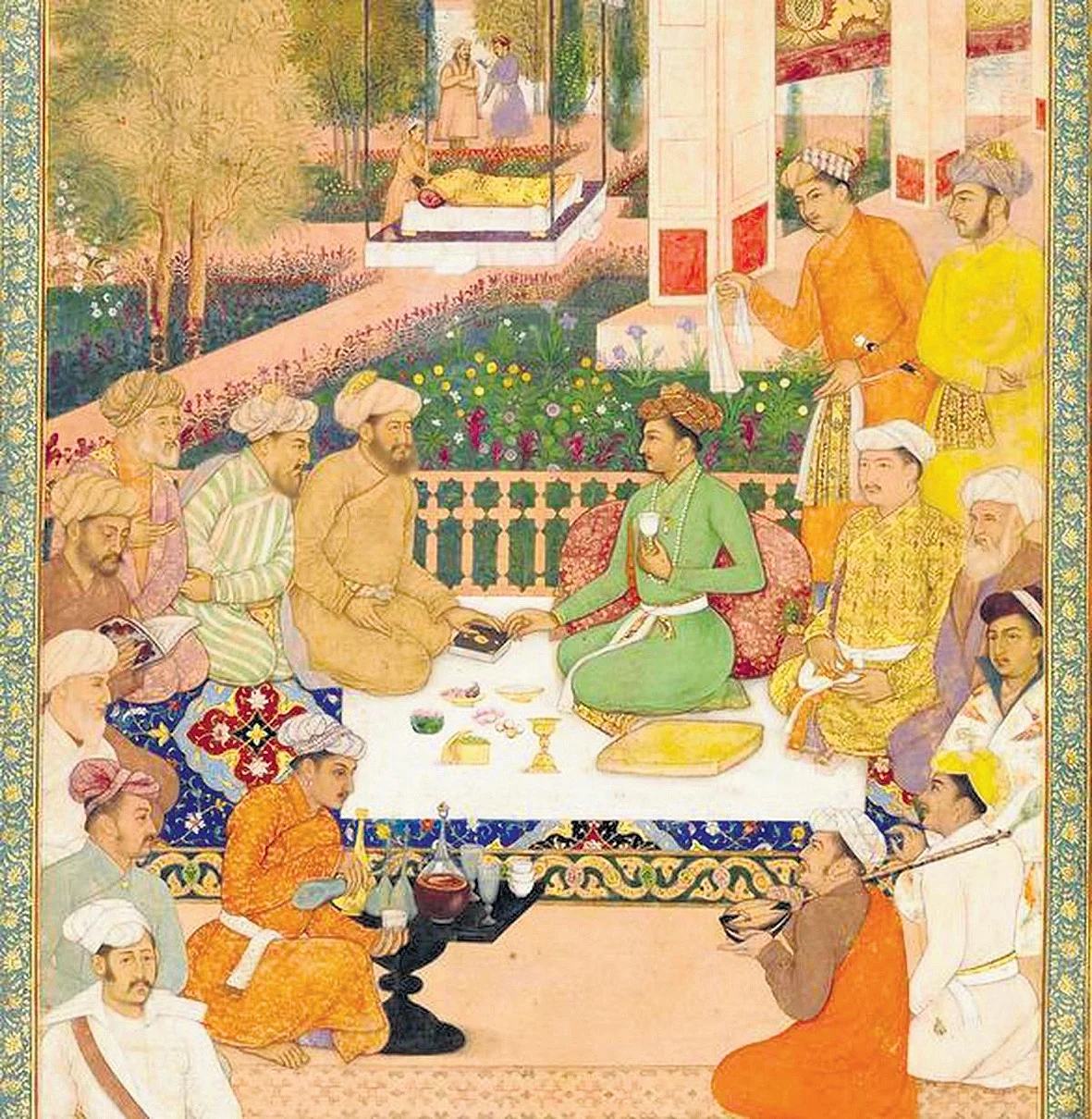The late poet and novelist Dom Moraes was apparently much taken with the account of the adventures of a man named Thomas Coryate of Odcombe village in Somerset, an enthusiastic trekker known in those parts as the ‘long strider’. Coryate took a long walk from England to Jehangir’s court in India, in the early 1600s. Some 385 years later, Moraes was motivated enough to track Coryate’s 5,000-mile journey and write about it with his co-author and companion, architect and writer Sarayu Srivatsa.
Together, Moraes and Srivatsa have breathed life into the bare bones story of an English Marco Polo, seeking information from Coryate’s own writing, anecdotal references and the memoirs of Sir Thomas Roe and Edward Terry; it was a project that took them three years. Coryate was no aristo, military hero or a white nabob, though interestingly enough, he is credited with introducing the use of the fork and the parasol in England. He was a physically challenged poor Englishman, son of a rector, with an ambition that matched his long strides.

He wanted to come to India, then go on to Tartary and Cathay, and write about his travels. This was a work that he envisaged would bring him renown at the English court of James I, as well as attendant fame and fortune. By the end of this book, however, Coryate faces up to reality, and during this time, the reader has become so sympathetic to his endeavour as to feel a distant pang of disappointment for this adventurer.
The Long Strider contains .























